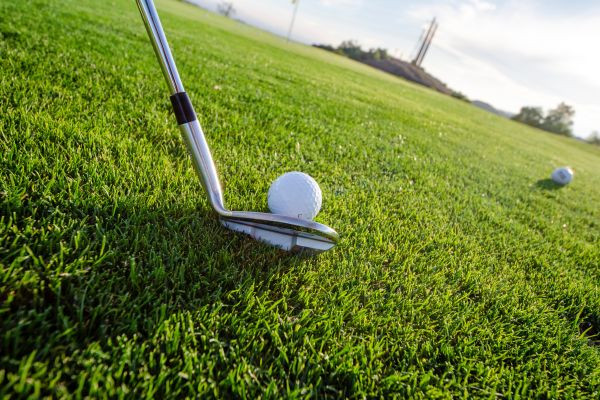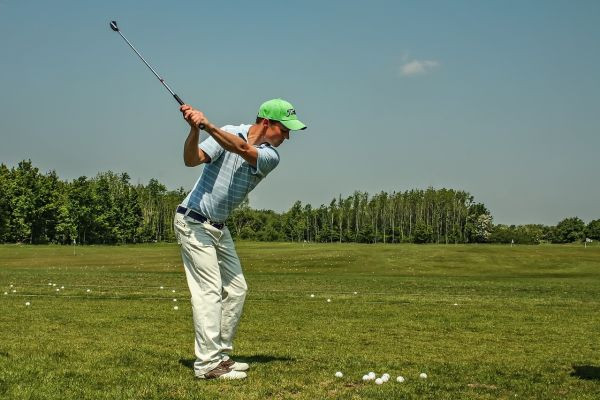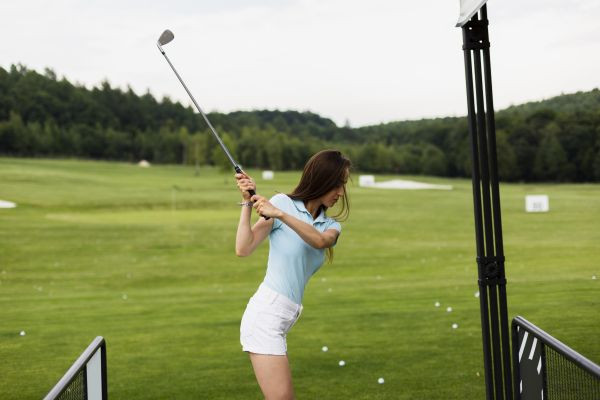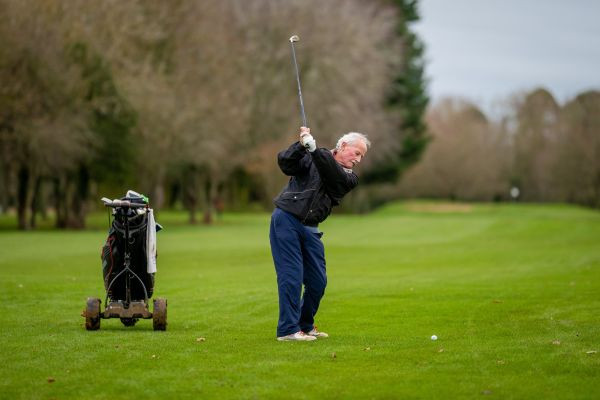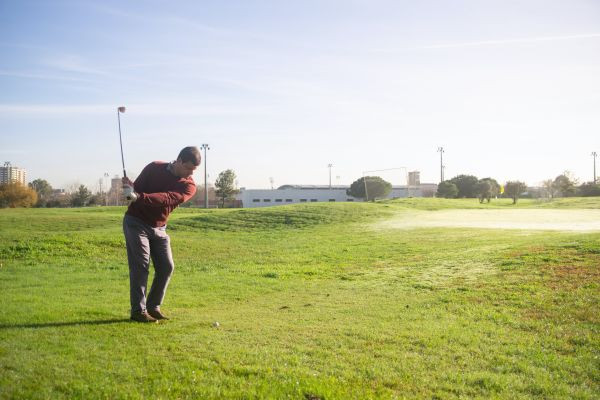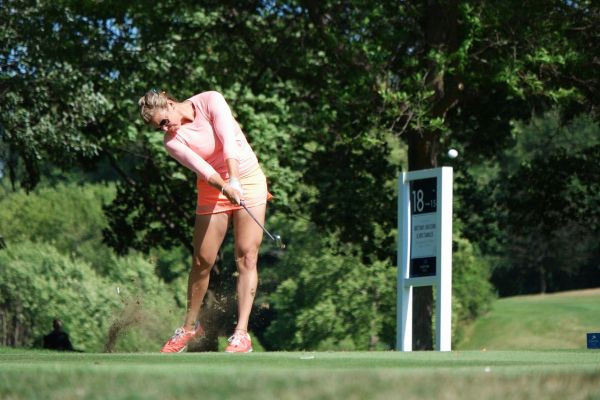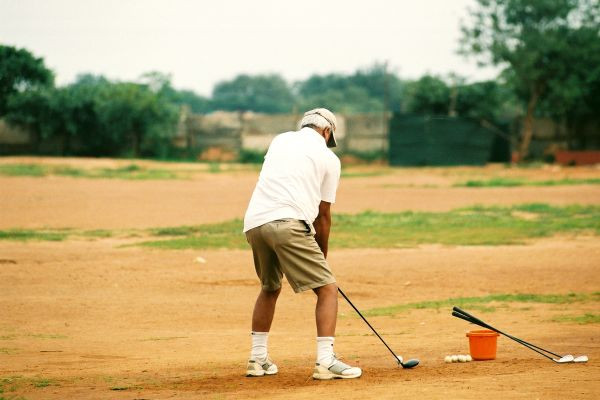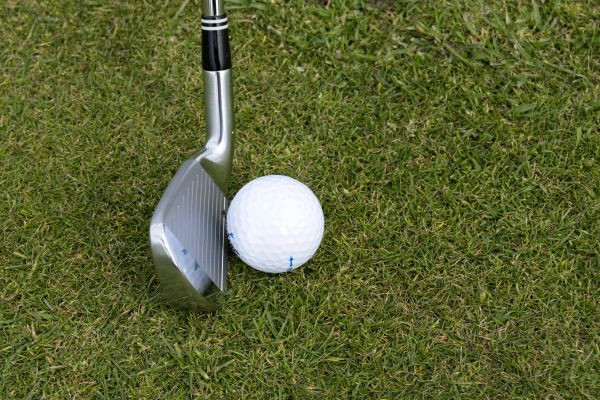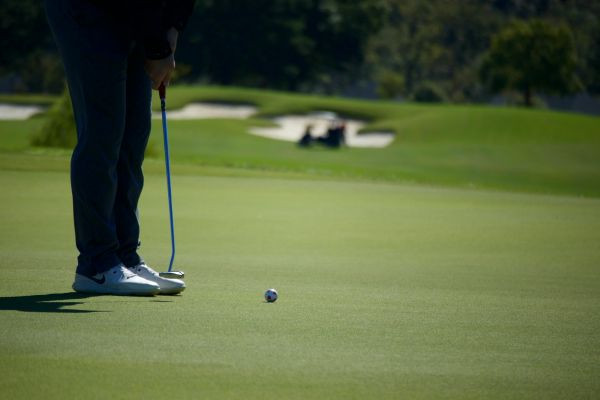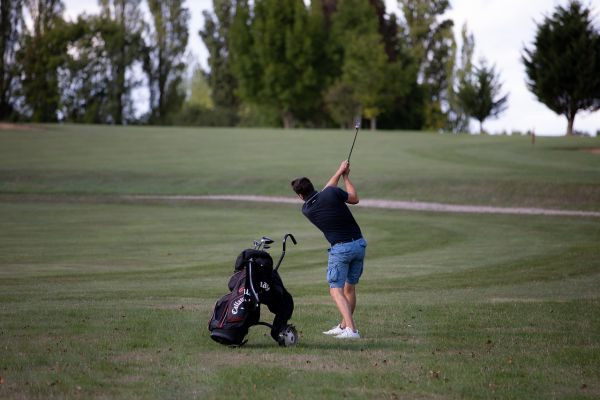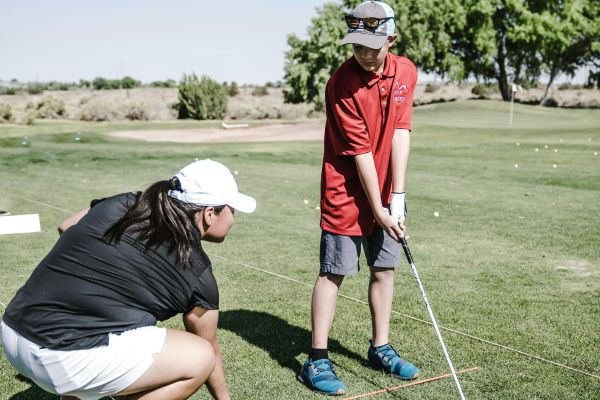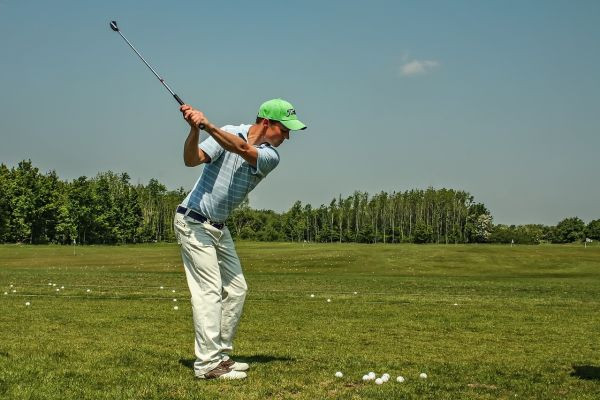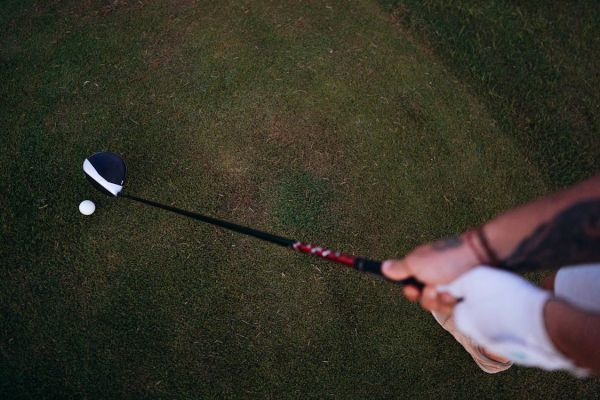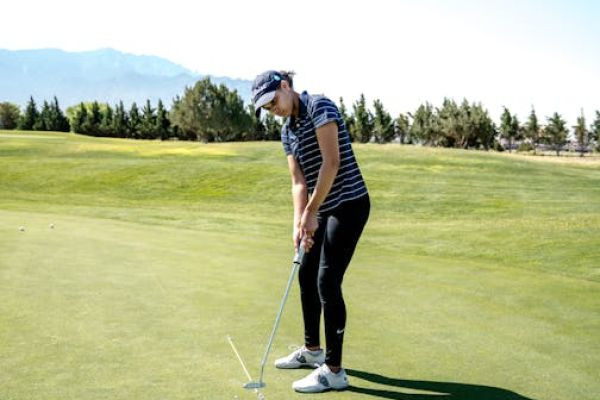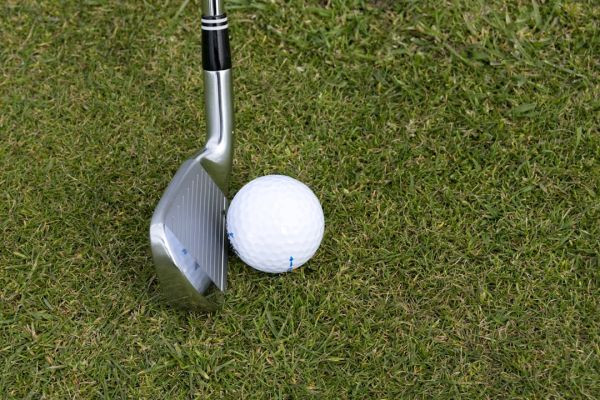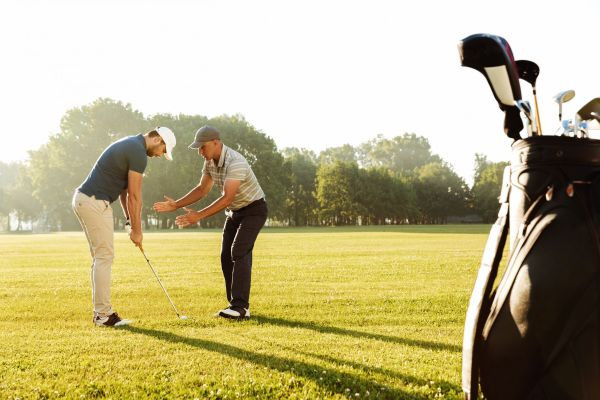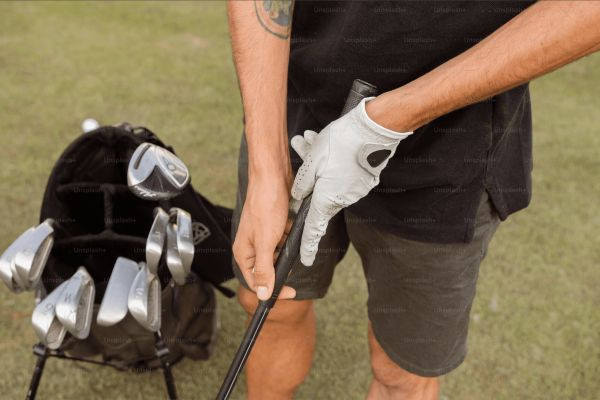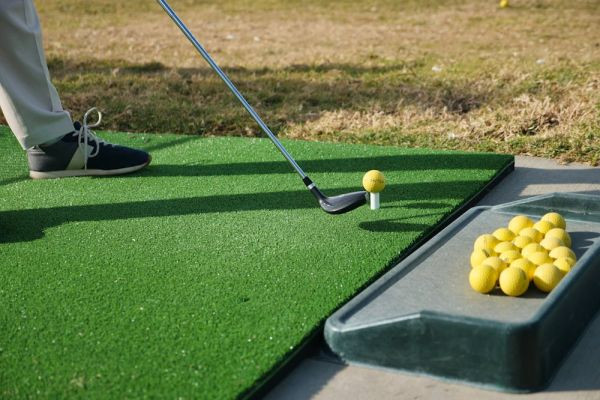How to Naturally Develop Forward Shaft Lean - Surprising Insights
Imagine hitting your golf shots with more power, precision, and consistency. That's the promise of mastering forward shaft lean—a pivotal yet often misunderstood aspect of the golf swing. In this arti..

Imagine hitting your golf shots with more power, precision, and consistency. That's the promise of mastering forward shaft lean—a pivotal yet often misunderstood aspect of the golf swing. In this article, we'll demystify forward shaft lean, offering surprising insights and practical tips for integrating this key element naturally into your swing.
The Basics of Shaft Lean
At the very heart of this discussion is the concept of shaft lean, which refers to the angle formed by the golf club shaft in relation to the ground at the critical moment of impact with the golf ball. When we talk about achieving forward shaft lean, we're describing a scenario where the shaft angles towards the target, ensuring that the golfer's hands are positioned ahead of the ball at impact. This precise positioning is more than just a technical detail; it's the cornerstone of striking the ball with clarity, force, and precision.
Forward shaft lean is not just a technique but an art that requires understanding and practice to perfect. It challenges the conventional swing thought, urging golfers to reevaluate and adjust their approach to the ball, promising a significant payoff in the quality of their shots. It's about altering the dynamics of your swing to create a more efficient, powerful, and accurate impact, leading to a noticeable improvement in your game.
The Science Behind It
Diving into the mechanics of forward shaft lean reveals a fascinating interplay between physics and biomechanics. By intentionally leaning the shaft forward, golfers are effectively reducing the loft of the clubface at the moment of impact. This action translates into lower, more penetrating ball flights, cutting through the air with increased velocity and less resistance. Moreover, this forward lean stabilizes the clubface throughout the impact, significantly enhancing the accuracy of the shot.
Understanding this concept requires a shift in perspective, recognizing the golf swing not just as a physical action but as a scientific principle in motion. The forward shaft lean acts as a lever, optimizing the transfer of energy from the golfer to the ball, maximizing distance while minimizing the potential for error. This precision-engineered approach to hitting the golf ball can make all the difference in your performance, turning good shots into great ones.
Why Forward Shaft Lean?
The advantages of integrating forward shaft lean into your swing are extensive and impactful. Firstly, it promotes a better compression of the golf ball. Compression, in this context, refers to the flattening of the ball at impact, a crucial factor that contributes to the ball’s distance and flight stability. A well-compressed ball will typically travel farther and with a more predictable trajectory, a key ingredient for successful golfing.
Moreover, forward shaft lean is instrumental in achieving a more consistent release and follow-through. This consistency is the bedrock of precision and shot control, allowing golfers to place the ball with greater accuracy. Irrespective of whether you're aiming for the green or navigating through hazards, the ability to control your shot with certainty is invaluable.
Common Mistakes
- In the journey to master forward shaft lean, golfers often encounter pitfalls that can inadvertently set back their progress. One of the most common mistakes is the over-exaggeration of the shaft lean. While it's true that forward shaft lean is desirable, pushing the hands too far forward can lead to a host of issues, including altered swing path, reduced clubhead speed, and potential impact inaccuracies. It's a delicate balance that requires finesse rather than force.
- Another frequent misstep is misunderstanding the timing of the release. The moment of release—when the hands and clubhead are supposed to unleash their stored energy towards the ball—is critical. Mis-timing this action can result in either premature or delayed release, both of which can negate the benefits of forward shaft lean, affecting distance and accuracy. Achieving the perfect timing is about syncing your body's movement with your mental execution of the swing.
- Misaligning body mechanics is yet another error that plagues golfers striving for forward shaft lean. Proper body alignment—a harmonious positioning and movement of feet, knees, hips, and shoulders—is crucial for a successful golf swing. When these elements are out of sync, achieving a consistent forward shaft lean becomes a challenge. It's like trying to hit a moving target while standing on an unstable platform; the odds are not in your favor.
Step-by-Step Guide

Source:https://www.freepik.com/free-photo/side-view-man-playing-golf-field-with-club_12080002.htm
To integrate forward shaft lean into your swing effectively, it's essential to build from the ground up, starting with the basics.
Proper Grip and Stance: Your grip needs to be such that you can grip it comfortably but firmly. This means your feet should be shoulder-width apart so that you are stable.
Smooth Tempo: It's the tempo that counts along with the parts of the swing. The tempo will ensure that you stay in control of your swing throughout. Take smooth motion on your take away and during your backswing.
Controlled Backswing: Bring your club back too fast, and you'll ruin your timing, and your swing will be off. So also, the faster you bring it down, the more likely you are to have your clubhead pull off the ball at impact. The backswing could be thought of as the easy part of the golf swing. Just move your club away from the ball and up towards your back shoulder keeping the club in front of you during the process.
Leading with the Hips: During the downswing, it is important that you move your hips towards the target. Moving your hips in this direction along with proper hip rotation allows the upper body to get into the perfect position to complete the swing. Your shoulder and chest should be square at the impact with your feet and hips pointing to the left of the target.
If you have done everything correctly the club should be on the correct path to impact. If you make all the correct movements with your body during the downswing and through swing, you will find that the position of your hands and club at impact will happen automatically.
Allowing the Hands to Move Ahead: Once the club has passed the ball on the downswing, your hands should continue moving; therefore, they are slightly ahead of the ball when impact occurs. I do not force my hands out ahead of the ball. I just make my body do everything correctly, so my hands end up slightly forward at the moment of impact. This natural positioning ensures a powerful and precise strike, optimizing the ball's trajectory and spin.
The Role of Equipment
One of the main contributors to achieving correct shaft lean is the equipment you use. Not all golf clubs are equal and they are not the best ones for a forward shaft lean for a newbie. Shaft flex, weight plays a significant role in it. This represents a line that is set to be crossed when over-trying to overcome. In this case, a shaft flex that is too stiff may have a problem in flexing during the swing speed.
And it will be hard to achieve the forward lean that you have been looking for. On one hand, if your shaft is too flexible, it could over-flex, causing a lot more lean than you ever intended, which might lead to hooking the ball. Weight is as important as shaft flex when it comes to promoting the forward shaft lean.
The heavier the club it will help you have more control and stability and on top of that it will help you make a smooth transition through the golf swing. As we know, the higher the price, the better the quality, and that's what happens with a heavier club. It costs more because it's expected to provide better feedback and better control. Even if lighter golf clubs are easier to swing faster, they might not be able to help you promote the forward shaft lean like a heavy gold club can.
This is a search worth conducting. It's time you start experimenting with different clubs, weights, and ask a professional fitter, "which club is the best for me?"
Training Aids and Tools
Training aids and tools help to make golf a lot easier for you. The latest advancements in the technology-driven world of golf can now quickly help you take your golf game to an entirely new level. The benefit of using technology to enhance learning golf greatly improves your learning curve. When it comes down to using sophisticated techniques, forward shaft lean is one technique that makes use of a lot of technological advancement.
One of the most common devices that is highly used in this field is the HackMotion sensor. It is a wearable device that provides data about the orientation and position of your wrist throughout the swing in real-time. This type of immediate feedback allows you to make the necessary changes to your movement on the spot. It can also help since you can understand how the movement of your wrist eventually changes the shaft angle when it comes in contact. Instructors can use equipment like HackMotion to demonstrate where the most recent good performance is actually better than the underlying patterns.
Drills for Improvement
A few drills are specially needed to be practiced to ensure that creating a lean forward shaft becomes a habit for the golfer. One of them is the stick drill. In that drill, you place the stick on the ground. You keep it parallel to the golf club but it is placed a couple of inches before the golf ball. It is a visual that forces you to get a forward position of your hand on impact. It results in the forward shaft lean.
Another drill that should be practiced is the slow-motion drill. When the golfer takes a swing in slow-motion he or she can pay special attention to the transition from the backward swing to the forward swing. Thus they can ensure that their hands get ahead of the golf ball on impact and cause the golf shaft to lean forward. This drill also helps in developing muscle memory for the forward shaft lean.undles.
Conclusion
A forward shaft lean is not just a technical word but it's a key ingredient that can take a player's game miles high. By studying the very mechanics of the forward shaft lean, its advantages and ways to naturally add it into your swing you can expect to perform at a level deeper than what you currently are in your game.
Frequently Asked Questions (FAQs)
What is the ideal amount of forward shaft lean?
The ideal amount of forward shaft lean is determined by the club being used and the desired shot. Typically for irons an amateur golfer should work around 4-5 degrees of forward lean. Doing so helps compress the ball and produce a more penetrating ball flight. Remember to adjust this value according to your personal swing and the conditions needed for each shot.
Can too much forward shaft lean be detrimental?
Yes, too much forward shaft lean can be a bad thing. You can have too much. Producing too much lean will decrease the loft of the club at impact which will cause lower shots that seem to escape your control. Likewise too much shaft lean will have a higher chance of producing thin or topped shots. You always need to find a happy medium for forward shaft lean.
Are there specific clubs that make achieving forward shaft lean easier?
There are certain clubs that allow for easier forward shaft lean. Some clubs help better than others. A few examples include the shafts and clubs with lower or more flexible shafts: they help with forward shaft lean. However it is important to find clubs that match your swing style and speed often you will need professional help/fittings for this.
How do I know if I'm correctly implementing forward shaft lean?
You can tell if you are products properly forward shaft lean by looking at the shots you hit. When the shot is propelled it has a penetrating ball flight and consistent performance. Another use of visual aid can be filming yourself hitting off the tee. It is very important to film yourself hitting. You need to be able to judge your own golf swing if you aim to improve.
Does forward shaft lean affect putting and short game shots?
According to experts' views, forward shaft lean does not play that much critical role in putting and short game shots as in the full swing. During putting, one usually keeps the shaft upright so that they can practice swinging the shaft in a pendulum style without any problem. However, in a short game, some may tend to lean slightly forward to suck chip shots for clean contact.



